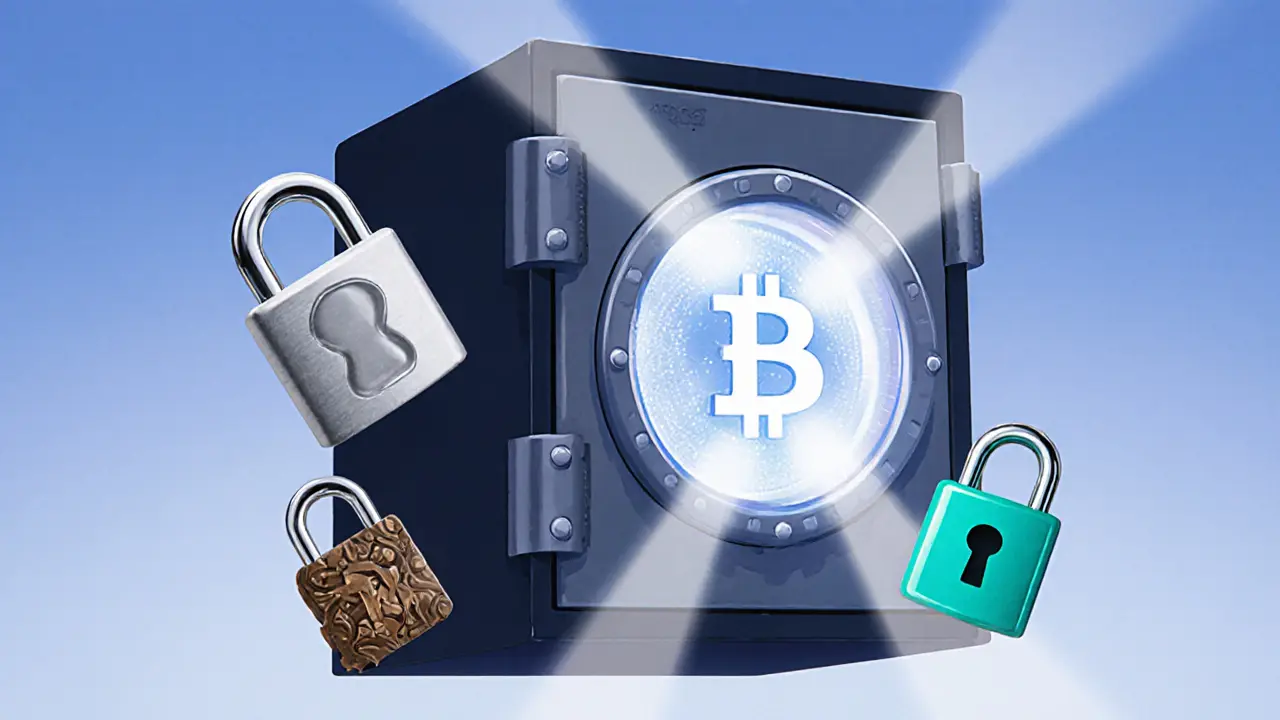Learn practical MultiSig wallet security best practices for 2025, covering M‑of‑N setups, hardware wallets, time‑locks, MFA, monitoring, and recovery planning.
MultiSig wallet: Secure Crypto Management Explained
When working with MultiSig wallet, a crypto wallet that requires multiple private keys to approve a transaction. Also known as multi‑signature wallet, it adds a layer of protection beyond a single key.
MultiSig wallets rely on digital signatures, cryptographic proofs that confirm a user’s intent without exposing the private key. Each signature acts like a fingerprint on the transaction, and the wallet only moves funds when the required number of fingerprints is present. This makes unauthorized transfers far harder, especially when the signatures come from separate devices or people.
How MultiSig Wallets Work
Think of a MultiSig wallet as a safe that needs several keys to open. The key count (e.g., 2‑of‑3, 3‑of‑5) defines how many signatures must be collected. Hardware wallets, physical devices that store a private key offline often hold one of those keys, keeping it isolated from the internet. Pair a hardware wallet with a mobile app and a trusted third‑party signer, and you have a robust 2‑of‑3 setup that survives device loss, phishing, or a single compromised key.
Smart contract wallets are another related piece. These are program‑based wallets that can enforce MultiSig rules automatically, adjust thresholds on‑chain, and even integrate time‑locks. By embedding MultiSig logic into a contract, developers gain flexibility: they can add or remove signers without moving funds, and they can trigger actions only after a predefined delay. This ties directly into smart contract wallet, a wallet built on blockchain code that can execute custom rules.
Why does this matter for everyday users? A custodial exchange often holds your assets in a single vault, meaning a breach or internal fraud can wipe out everything. Switching to a non‑custodial MultiSig wallet gives you control and distributes risk. In fact, many security‑focused projects recommend moving high‑value holdings to a MultiSig setup before using a centralized service for trading.
Below you’ll find a curated list of articles that dive deeper into each of these angles—security risks of centralized tokens, the anatomy of digital signature attacks, hardware wallet reviews, and smart contract wallet hacks. Whether you’re safeguarding a personal stash or managing a DAO treasury, the insights here will help you decide how many signatures you need, which devices to use, and how to set up governance that matches your risk tolerance.





